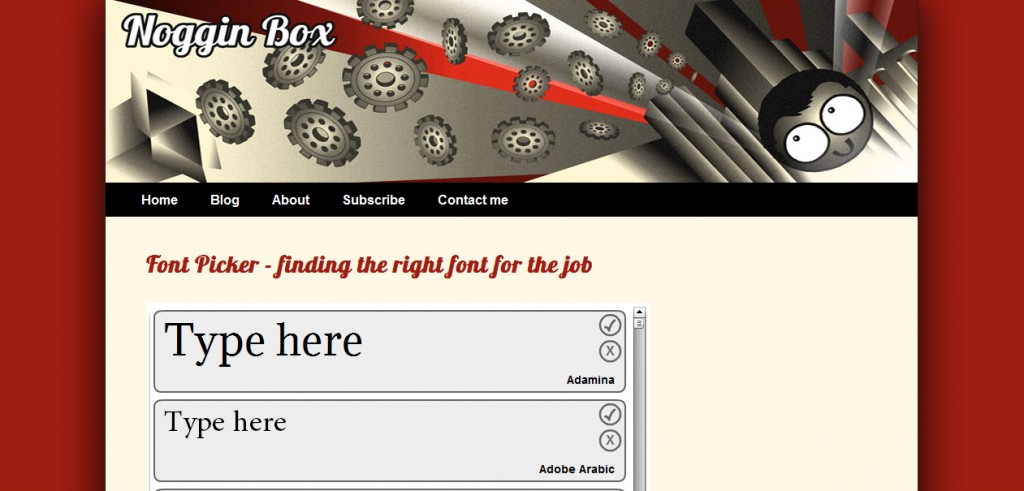
Likewise, if Korean is your primary language, you'll see 바탕 rather than Batang. For example, if your browser use Japanese as its primary language, you'll see MS 明朝 listed in modern font picker rather than MS Mincho. If Chinese, Japanese, or Korean is your primary browser language, you'll see localized fonts names for fonts that support Chinese, Japanese, or Korean names. True styles will always render the same on all devices, but synthetic styles may render differently on different devices. Where a font has the true bold or italic style, such as Calibri, you see the font name without the parentheses when you apply the bold or italic style from the ribbon, although you could also select the style from the font picker. The parentheses indicate that italic style has been applied from the ribbon and Office has used a synthetic style because no true style is available. If you apply italic from the ribbon, you'll see the name Abadi (italic) in the font picker combo box. For example, the font Abadi doesn't have an italic version available. With modern font picker, you'll now see when a synthetic style has been applied. Previously, when you applied bold or italic styles from the ribbon, Office applications applied synthetic versions of those styles when no true bold, italic, or bold italic version of the font was available, but you had no way to tell if a synthetic version was applied. You'll see different sections for Most Recently Used, Pinned Fonts, and Office Fonts that you can easily hide when they're not needed. Organized fontsĪs a Microsoft 365 subscriber, you'll see your fonts grouped into families with all the styles for that family accessed through a flyout menu. The following are some feature details showing the advantages of modern font picker. *Information icon for embedded/compatibility fonts *Pinned fonts available on all devices/platforms Show all font styles including bold/italic Modern font picker features (* indicates new feature)

Font picker free#
Most of the new features are equally available to free users and Microsoft 365 subscribers. The following table shows a comparison between the features available to free users and to users with a Microsoft 365 subscription. Listing each variant as a selectable option often requires a lot of scrolling to get to what you want.Īll the features from before modern font picker are carried forward and several new features have been added. Now, there are fonts that have many more variants. Back then, most fonts had no more than four basic variants: regular, bold, italic, and bold italic. This is because until now the font picker in Office apps has remained essentially unchanged since its release. Until now, when you picked a font in an Office app, you might be confronted with a very long list of options. Many of the features of modern font picker are available only with an Microsoft 365 subscription. You’ll also need to add a reference to the assembly.Note: Modern font picker is currently available only in Word for the web and PowerPoint for the web. TbSomeText.FontStyle = fd.Font.Italic ? FontStyles.Italic : FontStyles.Normal TbSomeText.FontWeight = fd.Font.Bold ? FontWeights.Bold : FontWeights.Regular TbSomeText.FontSize = fd.Font.Size * 96.0 / 72.0 TbSomeText.FontFamily = new (fd.Font.Name) Private void Button_Click(object sender, RoutedEventArgs e) In the code-behind, you use a FontDialog instance and then convert the selected font to the properties that you need in WPF.
Font picker windows#
You can also just use the Windows Forms FontDialog class directly from WPF. You can create your own dialog for this purpose, or you can use a font picker that someone else has developed.

Unlike Windows Forms, WPF does not include its own font selection dialog to allow users to pick fonts.


 0 kommentar(er)
0 kommentar(er)
